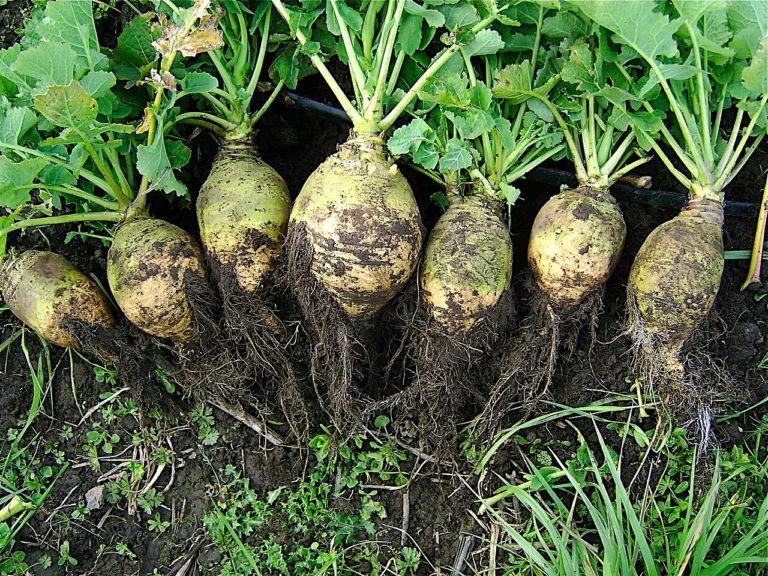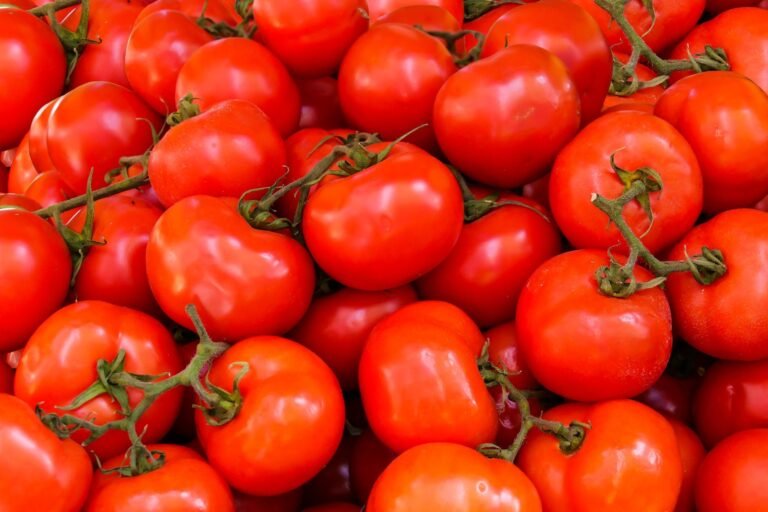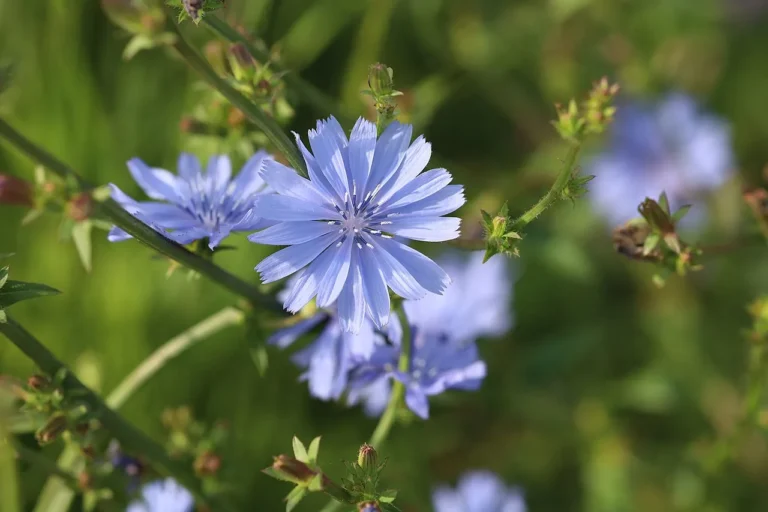Crispy and Crunchy: A Guide to Growing Celery
Celery (Apium graveolens) is a versatile vegetable that’s often used in salads, soups, and a variety of dishes. Growing your own celery allows you to have a fresh and readily available supply of this nutritious vegetable. It can be a bit challenging, especially for novice gardeners, but with the right care, you can enjoy a bountiful harvest. This guide will walk you through the process of growing celery in your garden.
Understanding Celery
Celery is a cool-season crop that prefers temperatures between 60 to 70°F. It requires a long growing season and constant moisture. Celery plants can grow up to 12-24 inches tall, with a rosette of stalks that are topped with feathery green leaves.
Starting Celery
Celery is usually started from seed indoors about 10 to 12 weeks before the last spring frost. The seeds are tiny and need light to germinate, so they should be barely covered with soil. Keep the soil moist and maintain a temperature of around 70°F for successful germination.
Planting Celery
Transplant your seedlings outdoors when they are 10 to 12 weeks old, have 5-6 leaves, and after the threat of frost has passed. Celery needs a rich, well-draining soil with plenty of organic matter. The plants should be spaced about 10 inches apart in rows that are 18 to 24 inches apart.
Caring for Celery
- Watering: Celery needs a lot of water. Keep the soil consistently moist but not waterlogged. Mulching can help conserve soil moisture.
- Feeding: Since celery is a heavy feeder, apply a balanced slow-release fertilizer at planting time, and then side-dress with a nitrogen-rich fertilizer every few weeks.
- Blanching: If you desire less-bitter celery, blanch the stalks by wrapping them in paper or a mound of soil about 3 weeks before you plan to harvest. This will reduce the exposure to sun and result in lighter, sweeter stalks.
Harvesting Celery
Celery is ready to harvest when the plants reach about 8 inches tall. Cut the entire plant at the soil line or simply break off individual stalks as needed.
Pests and Diseases
Common pests include celery leaf miners and aphids, while diseases can include early blight, pink rot, and fusarium wilt. Regularly check your plants for pests and diseases, and manage any issues promptly with organic or synthetic controls.
Growing celery can be a rewarding venture for any home gardener. While it does require some effort and attention, the payoff of fresh, crunchy celery straight from your garden is worth it. With these tips and some patience, you’ll be well on your way to harvesting your own celery. Happy gardening!







